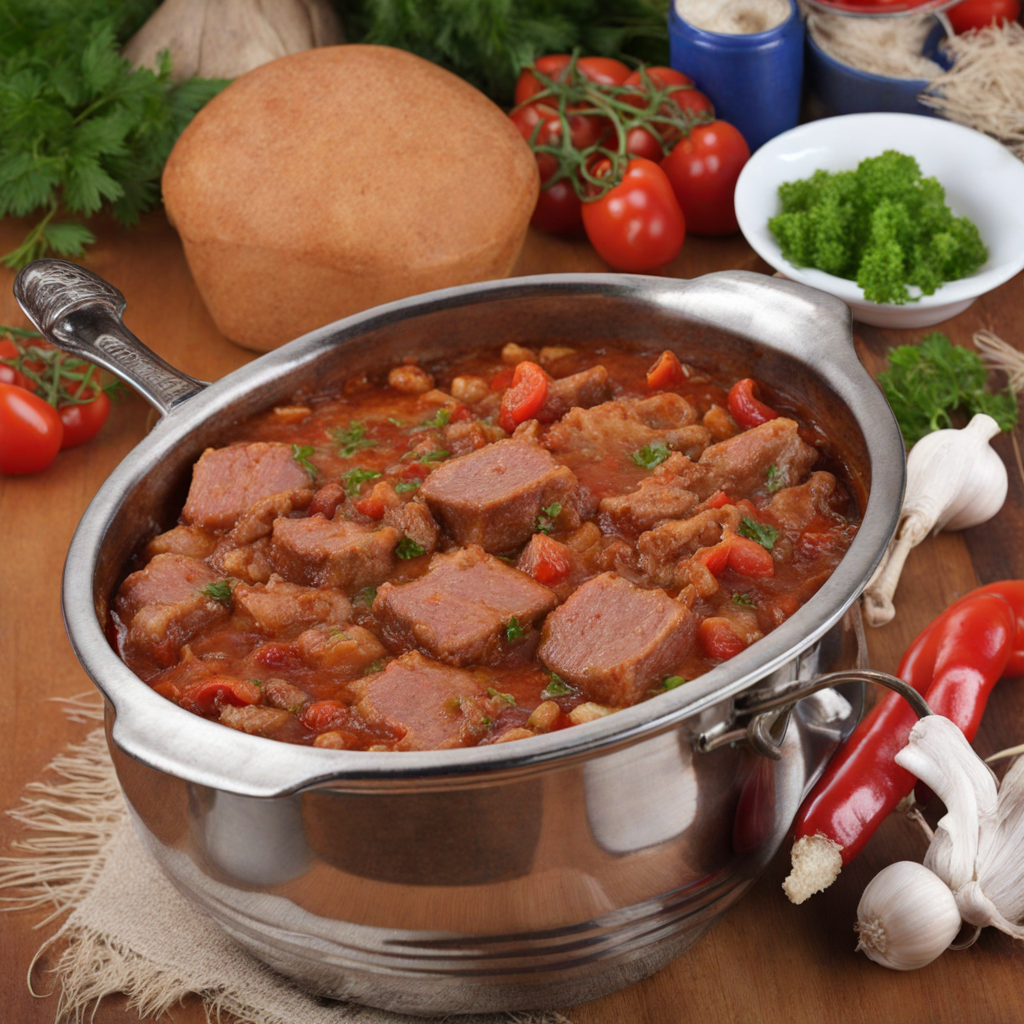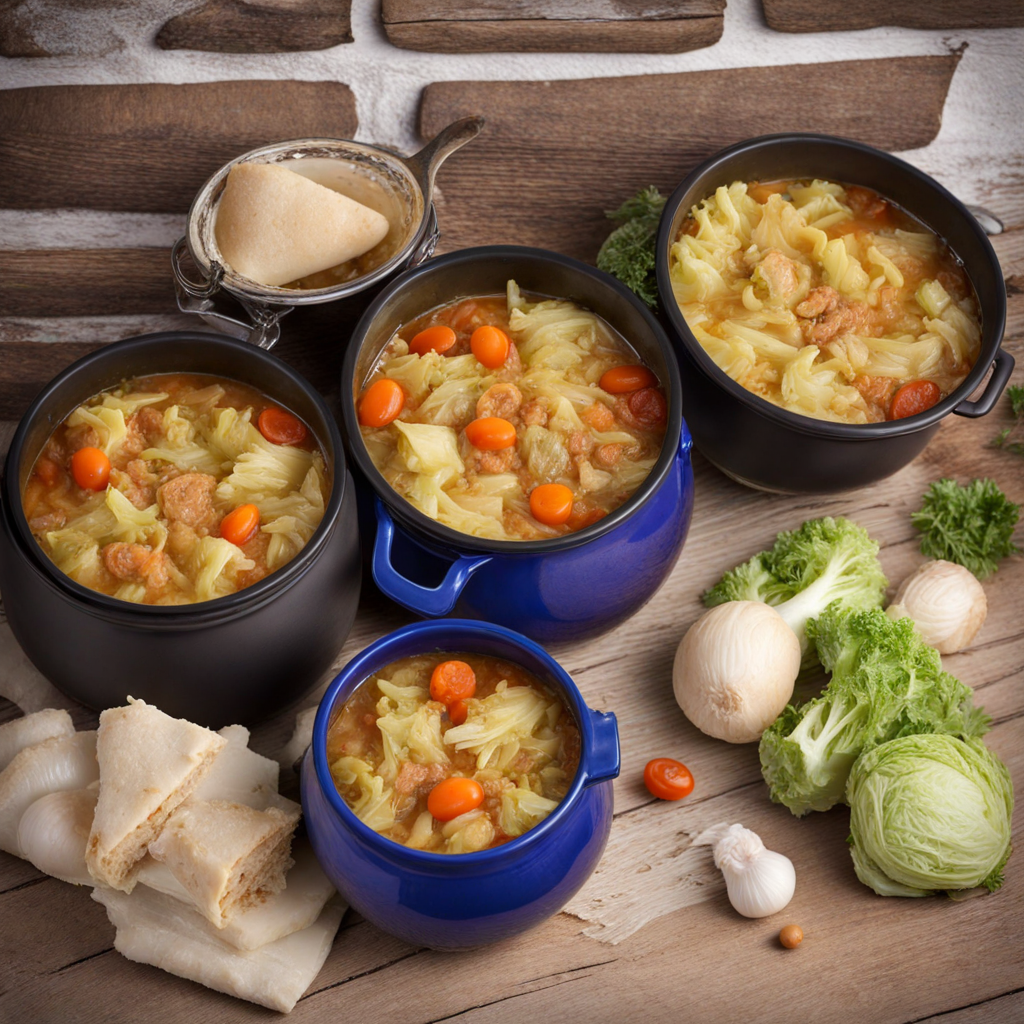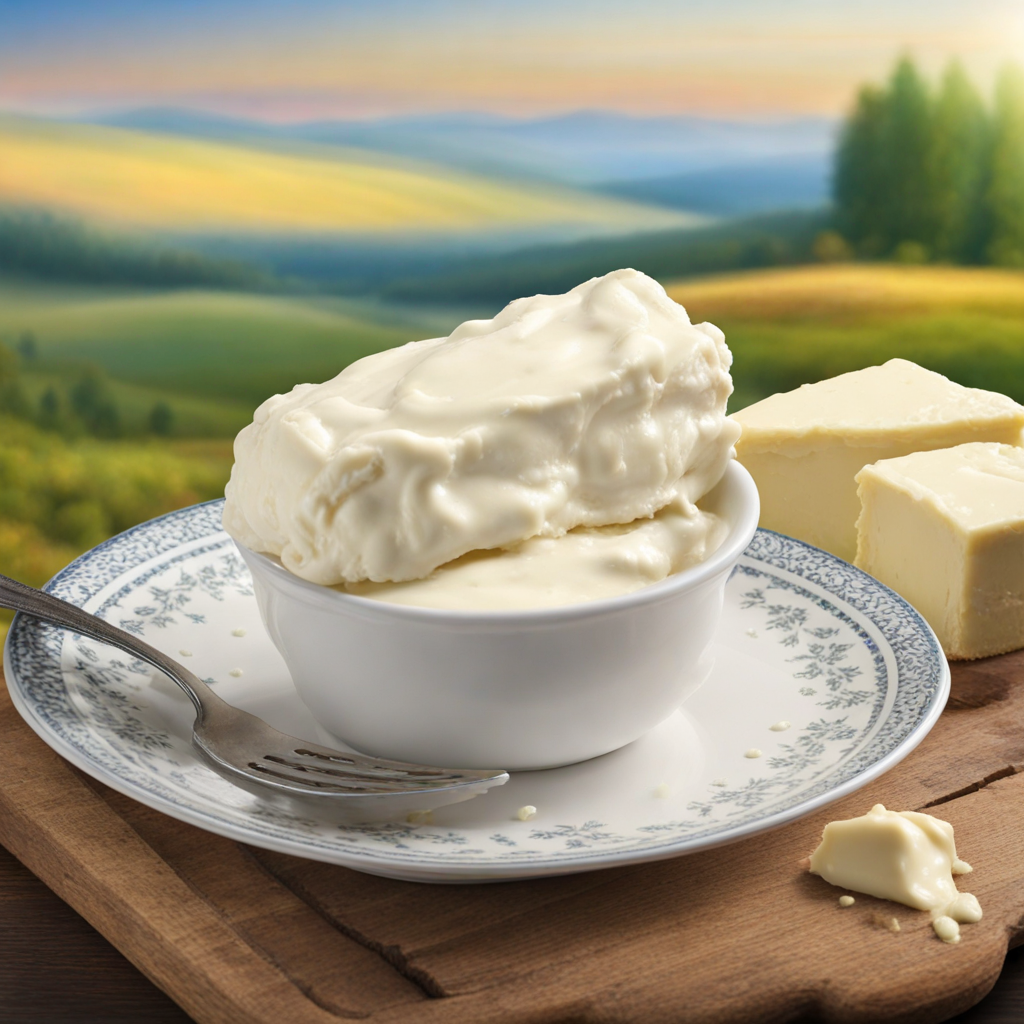Mućkalica
Mućkalica is a traditional Serbian dish that tantalizes the palate with its rich and robust flavors. This savory stew is primarily made from a combination of grilled meats, typically including pork, beef, and sometimes chicken, which are cut into bite-sized pieces. The meats are marinated and then grilled to perfection, giving them a smoky flavor that enhances the overall dish. The grilled meat is then simmered with a medley of fresh vegetables such as bell peppers, onions, and tomatoes, creating a harmonious blend of textures and tastes. The result is a hearty meal that embodies the essence of Serbian cuisine, showcasing the love for rich flavors and communal dining. One of the remarkable features of Mućkalica is its versatility. While the base ingredients remain consistent, cooks often customize the dish by adding their unique twist, incorporating regional spices and herbs that reflect local traditions. Paprika is a common seasoning, adding a subtle heat and depth to the stew, while garlic and bay leaves bring aromatic layers. This adaptability allows Mućkalica to be enjoyed in various ways, whether served alongside crusty bread, over a bed of rice, or with traditional Serbian side dishes like ajvar (a roasted red pepper spread). Each bite offers a comforting warmth that transports diners to the heart of Serbia. Mućkalica is more than just a meal; it is a celebration of Serbian culture and hospitality. Often enjoyed during family gatherings and festive occasions, this dish encourages sharing and bonding over food. The vibrant presentation, with colorful vegetables and perfectly cooked meats, invites everyone to partake in the experience. As you savor Mućkalica, you'll not only relish its delightful flavors but also appreciate the communal spirit that comes with it, making it a must-try for anyone looking to explore the rich culinary landscape of Serbia.
How It Became This Dish
Mućkalica: A Culinary Journey Through Serbian Tradition Mućkalica, a traditional dish from Serbia, is much more than a mere combination of ingredients; it is a culinary tapestry woven with threads of history, culture, and regional pride. This dish, often characterized by its rich flavor and hearty ingredients, embodies the spirit of Serbian hospitality and the country's agrarian roots. Origins and Etymology The name "Mućkalica," derived from the Serbian verb "mućkati," which means "to mix" or "to stir," reflects the dish's nature—essentially a mixed meat stew. Its origins can be traced back to the rural kitchens of Serbia, where resourcefulness and sustainability dictated cooking practices. The dish is often associated with the regions of Šumadija and southern Serbia, where farmers would utilize leftover meats and vegetables, creating a hearty meal that could feed a family. Historically, Serbian cuisine has been heavily influenced by the agricultural calendar, where seasonal ingredients play a pivotal role. Mućkalica, with its flexible recipe, showcases the adaptability of Serbian cooking, allowing cooks to incorporate whatever meats (be it pork, beef, or even lamb) and vegetables were available, thus demonstrating a deep connection to the land. Cultural Significance Mućkalica is more than just a dish; it represents the communal spirit of Serbian culture. Traditionally, it is prepared during family gatherings and celebrations, including holidays and festivals, where food plays a central role in bringing people together. The preparation of the dish itself can be a communal activity, often involving family members who gather to chop, stir, and share stories as they cook. This communal aspect reinforces the bonds of kinship and community, making Mućkalica a cherished part of Serbian social life. Furthermore, Mućkalica is often served at various regional festivities and events. It holds a place of honor at Slava, a Serbian Orthodox tradition where families celebrate their patron saint. The dish’s robust flavors and satisfying nature make it ideal for feasting, symbolizing abundance and hospitality. In this context, the serving of Mućkalica transcends mere nourishment—it becomes a gesture of love, respect, and connection to heritage. Ingredients and Preparation The beauty of Mućkalica lies in its versatility. While there is no single recipe, the core ingredients typically include a mix of meats, such as pork, beef, or chicken, and a variety of vegetables like peppers, onions, and tomatoes. The dish is often seasoned with a blend of spices, including paprika, garlic, and black pepper, which contribute to its rich flavor profile. The preparation of Mućkalica usually begins with browning the meat in a heavy pot, allowing the flavors to develop. Afterward, the vegetables are added, along with water or broth, and the mixture is left to simmer until the ingredients meld together into a harmonious stew. The end result is a dish that is both hearty and comforting, ideal for sharing with family and friends. Evolution Over Time As Serbia has evolved through the centuries, so too has Mućkalica. The dish has adapted to the changing tastes and lifestyles of the Serbian people. During the Yugoslav era, for instance, there was a greater exchange of culinary practices across the Balkan region, leading to variations of Mućkalica that incorporated spices and techniques from neighboring countries. This cross-pollination enriched the dish, making it a symbol of the region's complex cultural tapestry. In contemporary Serbia, Mućkalica continues to hold its place as a beloved dish, but it has also embraced modern culinary trends. While traditional recipes are still cherished, many chefs are experimenting with Mućkalica's components, incorporating new ingredients or presenting the dish in innovative ways. This blend of tradition and modernity allows Mućkalica to maintain its relevance in today’s culinary landscape. Mućkalica in Modern Serbian Cuisine Today, Mućkalica is a staple in Serbian restaurants, both in the country and among the diaspora. It is often featured on menus that celebrate Serbian cuisine, drawing in patrons who seek comfort food that resonates with their cultural identity. The dish is often paired with traditional sides such as homemade bread, polenta, or roasted potatoes, enhancing the overall dining experience. Moreover, Mućkalica has found its way into the hearts of food enthusiasts beyond Serbia’s borders. As global interest in Balkan cuisine grows, chefs around the world are beginning to explore and experiment with this hearty stew, further solidifying its place on the international culinary stage. Conclusion Mućkalica is more than just a dish; it is a celebration of Serbian culture, history, and community. From its humble beginnings in rural kitchens to its place in modern restaurants, the evolution of Mućkalica reflects the resilience and adaptability of Serbian culinary traditions. It serves as a reminder of the importance of food in building connections among people, transcending geographical boundaries and inviting everyone to share in the warmth of Serbian hospitality. As we savor a bowl of Mućkalica, we are not just enjoying a meal; we are partaking in a rich narrative that spans generations, a testament to the enduring power of food to unite us in shared experiences and cherished memories. Whether served during a family gathering or enjoyed in a bustling restaurant, Mućkalica remains a beloved emblem of Serbian culture, inviting all to partake in its flavorful legacy.
You may like
Discover local flavors from Serbia







